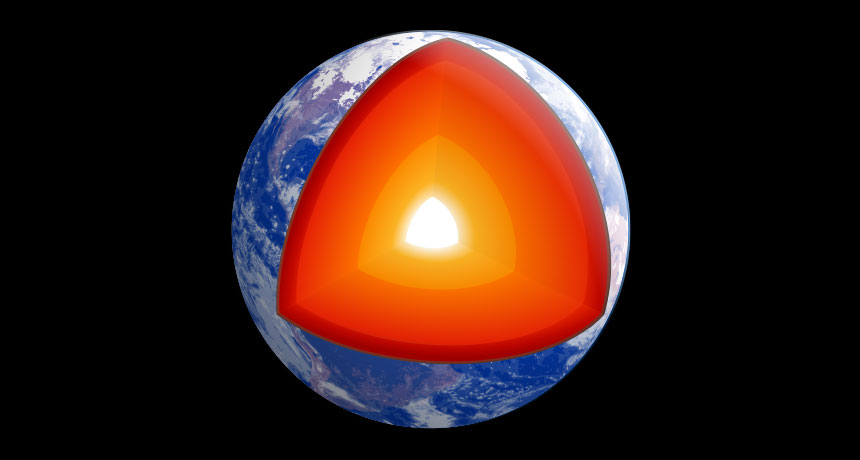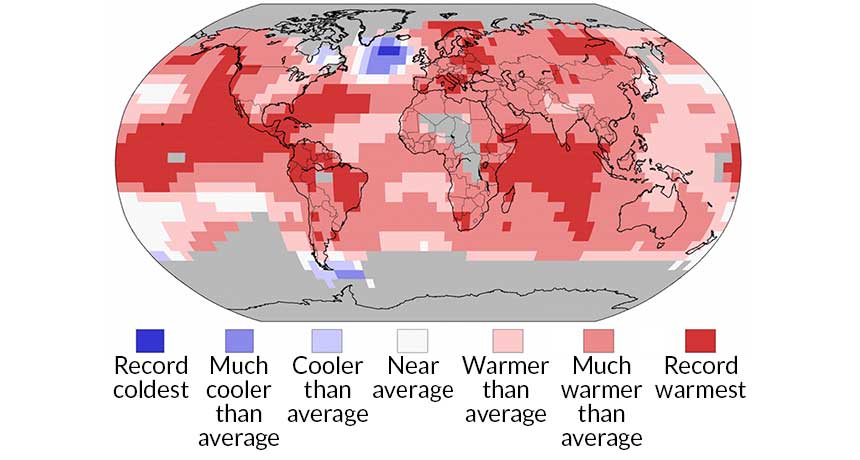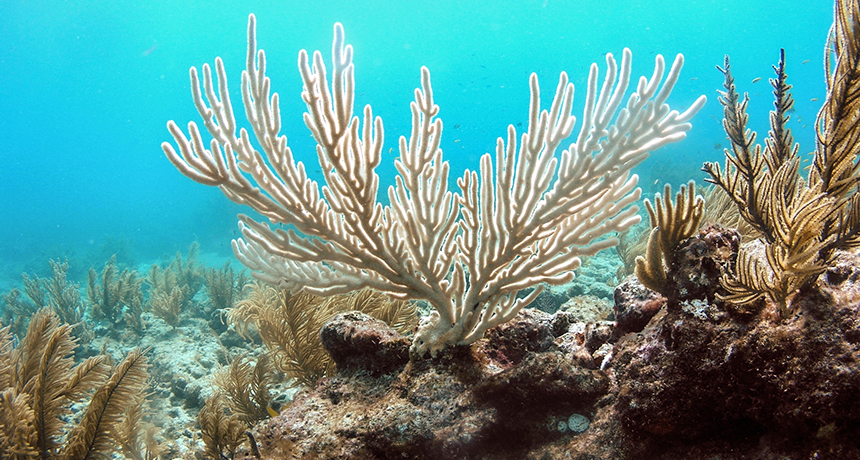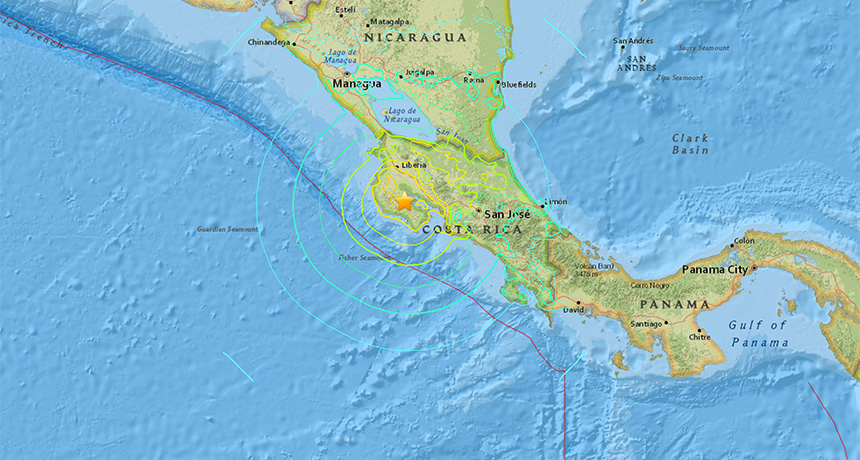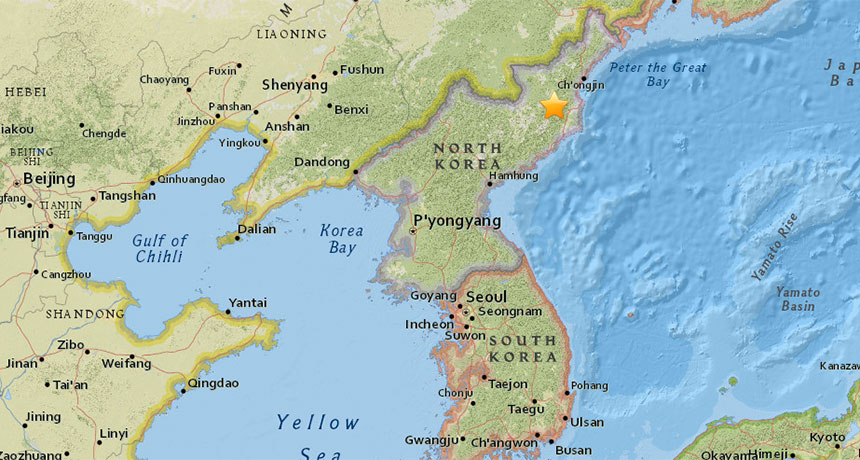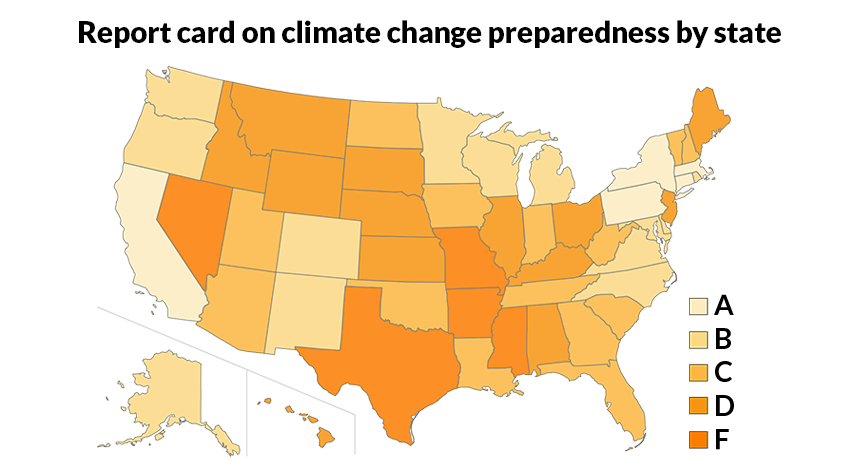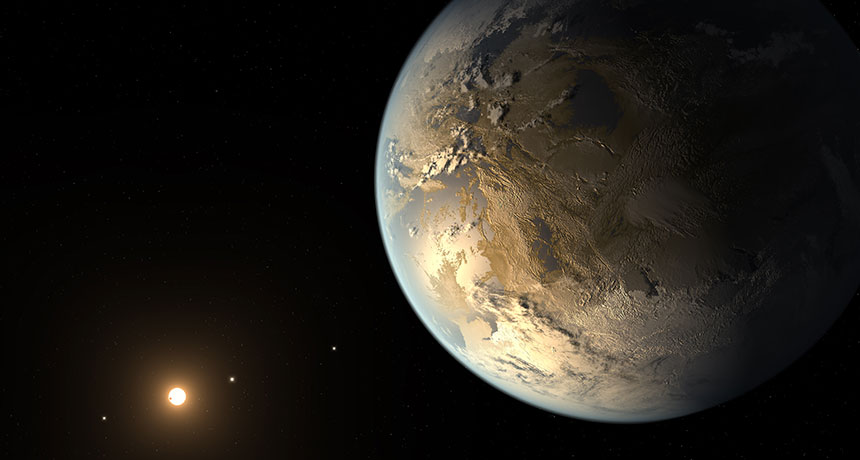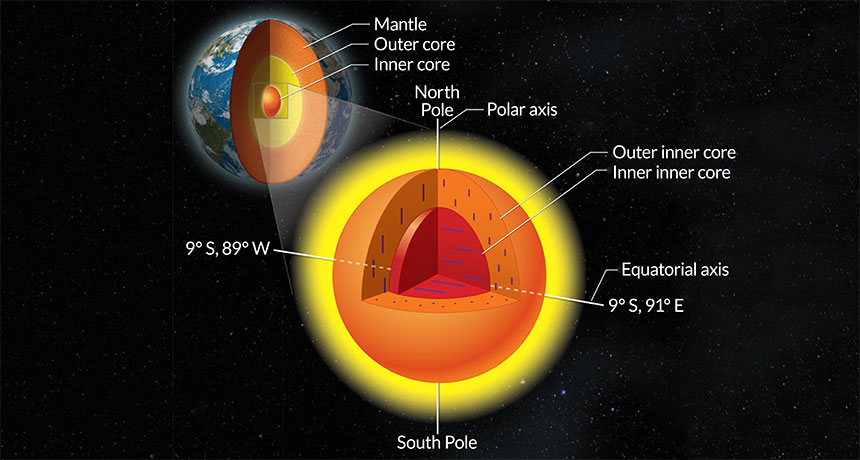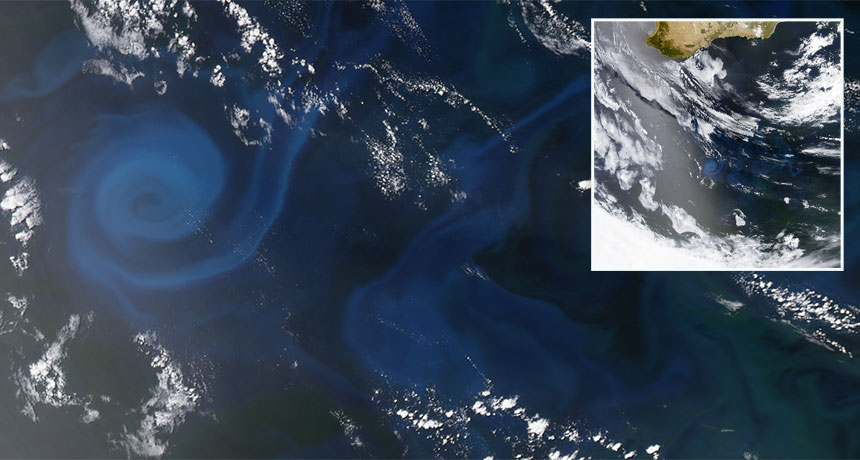
Phytoplankton rapidly disappearing from the Indian Ocean
Science News, February 2016A rapid loss of phytoplankton threatens to turn the western Indian Ocean into an “ecological desert,” a new study warns. The research reveals that phytoplankton populations in the region fell an alarming 30 percent over the last 16 years.
